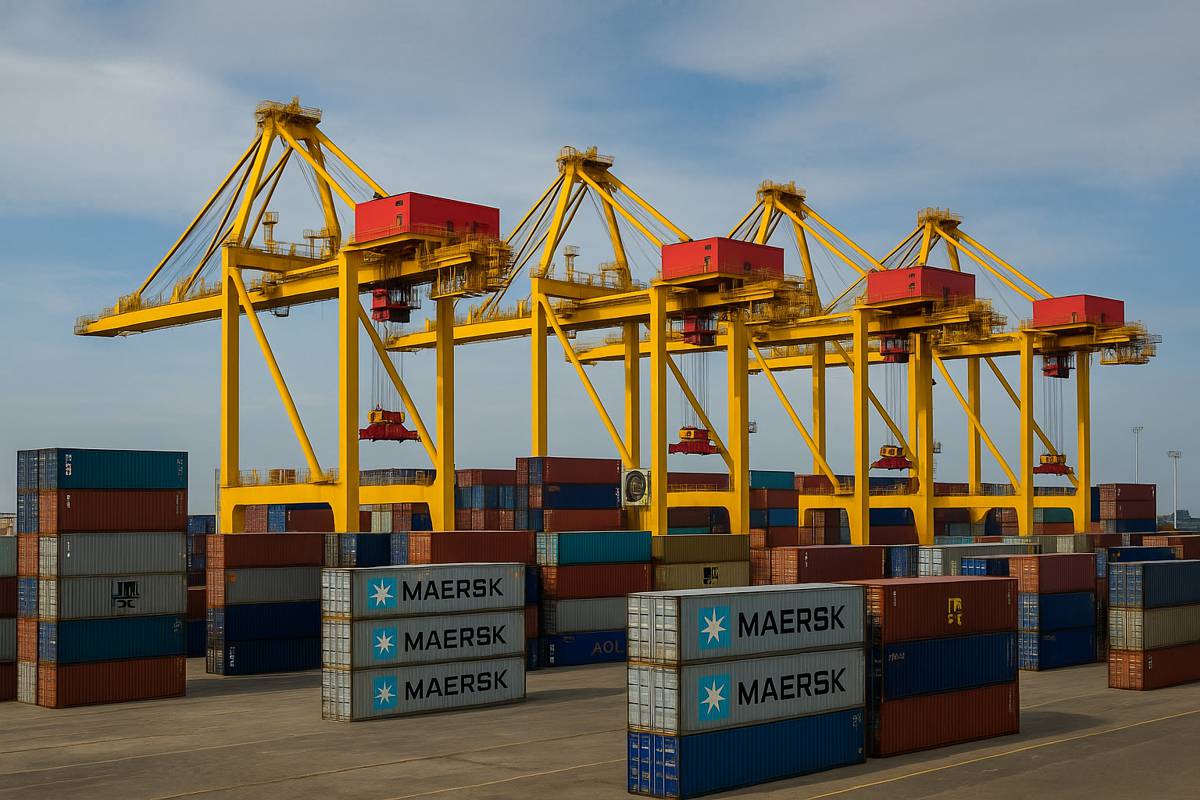Unlocking Climate Finance in Asia and the Pacific with Capital Markets
When it comes to tackling climate change, Asia and the Pacific hold the world’s attention. This region, responsible for nearly half of global greenhouse gas (GHG) emissions, also happens to be highly vulnerable to climate disasters. Residents here are six times more likely to experience the impacts of extreme weather than those in other parts of the globe. The stakes are high, and if we’re serious about achieving international climate targets, the battle must be won here.
But here’s the rub: the region’s overwhelming dependence on fossil fuels—constituting about 85% of its energy supply—demands a radical transformation. A greener future won’t come cheap, and that’s where capital markets can step in to bridge the financial gap. Mobilising private capital is crucial for funding this monumental shift, but there’s a catch. For capital markets to fulfil this role, they need to be far deeper, more resilient, and, importantly, climate-conscious.
With the Asian Development Bank we explored how robust capital markets can accelerate climate finance in Asia, focusing on key priorities like sustainable finance frameworks, transition finance, and carbon markets.
The Case for Capital Markets
In emerging Asia, banks have long been the go-to source for corporate finance. Yet, capital markets offer unique advantages—they can unlock longer-term investments and attract private capital essential for sustainable development. Unfortunately, existing markets in the region are often shallow, fragmented, and skewed towards larger corporations, leaving smaller businesses in the lurch.
Japan, South Korea, and Singapore stand out as exceptions, boasting more developed markets with established regulatory frameworks. However, the rest of the region is still playing catch-up. For climate finance to flourish, capital markets must be bolstered with robust regulations, reliable benchmarks, and solid financial infrastructure. This isn’t just a wish list—it’s a roadmap to scaling climate action.
Key Requirements for Climate-Ready Capital Markets:
- Strong regulatory frameworks that encourage private sector participation.
- Reliable benchmark interest rates and yield curves to attract investment.
- Efficient financial market infrastructure to facilitate trading and transparency.
Building a Sustainable Finance Ecosystem
Capital markets in Asia need an enabling environment to thrive, and that begins with comprehensive sustainable finance frameworks. These frameworks, covering green, blue, and nature-based finance, are critical for defining policies, taxonomies, and standards. Yet, inconsistencies across jurisdictions are creating stumbling blocks. Without harmonised regulations, compliance becomes costlier, market inefficiencies creep in, and investor confidence wanes.
Progress is on the horizon. The International Sustainability Standards Board has made strides in establishing global sustainability disclosure standards, aiming to align international practices. On a regional scale, ASEAN has been proactive with its sustainable finance taxonomy, now in its third iteration. Nationally, countries like the Philippines, Mongolia, South Korea, and Indonesia are crafting their own taxonomies, each with unique features tailored to their local economies.
Yet, this is just the beginning. For capital markets to catalyse private investment effectively, these frameworks must be interoperable. In other words, there needs to be seamless integration across national borders to attract the level of investment needed to fight climate change.
Benefits of a Harmonised Sustainable Finance Ecosystem:
- Reduces compliance costs and operational friction.
- Enhances investor confidence and market transparency.
- Attracts cross-border investments essential for climate projects.
Transition Finance Accelerating Decarbonisation
In the journey towards net-zero, the heavy industries in Asia have a long way to go. Transition finance is a game-changer here—it focuses on supporting companies that are committed to decarbonising their operations. However, the financing gap is substantial, with Asia and the Pacific needing around $1.1 trillion, out of the global $4 trillion required.
Governments alone can’t foot this bill. This is where private capital must take the reins. Encouragingly, initiatives like ASEAN’s Transition Finance Guidance and China’s emerging “transition finance” taxonomy are laying down clear paths for channelling investments. Additionally, the Asian Development Bank’s Energy Transition Mechanism is working on retiring coal assets earlier than planned, paving the way for renewable energy sources.
However, the private sector needs further incentives to commit to such long-term, capital-intensive projects. Aligning transition finance frameworks with market mechanisms can help unlock the necessary funding to accelerate industry decarbonisation.
Noteworthy Initiatives in Transition Finance:
- ASEAN Transition Finance Guidance (Version 2)
- China’s transition finance taxonomy
- Asian Development Bank’s Energy Transition Mechanism
Unlocking Value Through Emissions Trading
Carbon markets, although still in their nascent stages across much of Asia, have the potential to transform the region’s climate finance landscape. By putting a price on carbon emissions, these markets incentivise companies to reduce their environmental footprint. The People’s Republic of China and South Korea lead the pack with their national emissions trading systems, while countries like Vietnam and Indonesia are just getting started.
A major hurdle remains: accurately pricing GHG emissions to reflect their true environmental costs. If carbon markets are to flourish, they must provide economic incentives that are both meaningful and stable. Cross-border trading of carbon credits can also be a game-changer, leveraging regional cooperation to maximise impact.
Japan’s Joint Crediting Mechanism (JCM) is a promising example of cross-border cooperation, fostering emission reduction projects across multiple nations. Meanwhile, Singapore is positioning itself as Asia’s carbon trading hub, aiming to bring more liquidity to the market.
Key Benefits of Robust Carbon Markets:
- Economic incentives for reducing GHG emissions.
- Enhanced regional cooperation for climate mitigation.
- Opportunities for private sector innovation in emissions reduction.
How Capital Markets Can Drive Change
The region is already making strides in creating cohesive, climate-aligned capital markets, but there’s still a long road ahead. Establishing robust sustainable finance frameworks, embracing transition finance, and developing efficient carbon markets are critical actions that will enable Asia to crowd-in private sector investments.
Stronger capital markets are not just a nice-to-have; they’re essential for deepening climate finance. By focusing on regulatory harmonisation, embracing innovative financing tools, and fostering cross-border collaboration, Asia and the Pacific can unlock vast pools of capital to fund a sustainable, low-carbon future.
Key Takeaways:
- Harmonising sustainable finance frameworks is crucial.
- Transition finance can bridge the funding gap for heavy industries.
- Carbon markets offer scalable solutions for emissions reduction.
The Road Ahead for Climate Finance
The potential for capital markets to accelerate climate finance in Asia and the Pacific is enormous. By leveraging private capital, fostering regulatory cooperation, and embracing market-based solutions, the region can transform itself into a leader in the global fight against climate change.
The journey won’t be easy, but with the right strategies in place, the possibilities are endless.





















